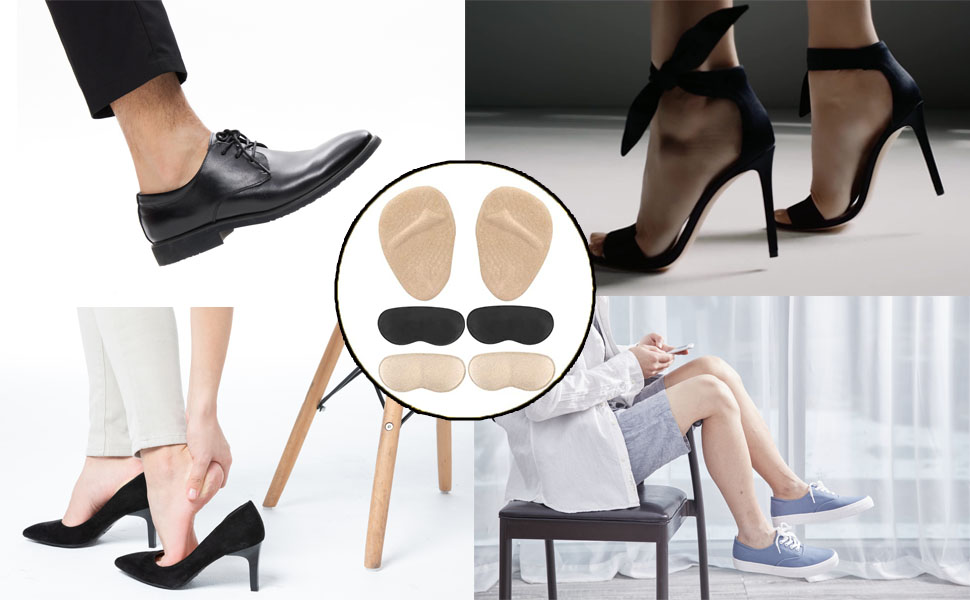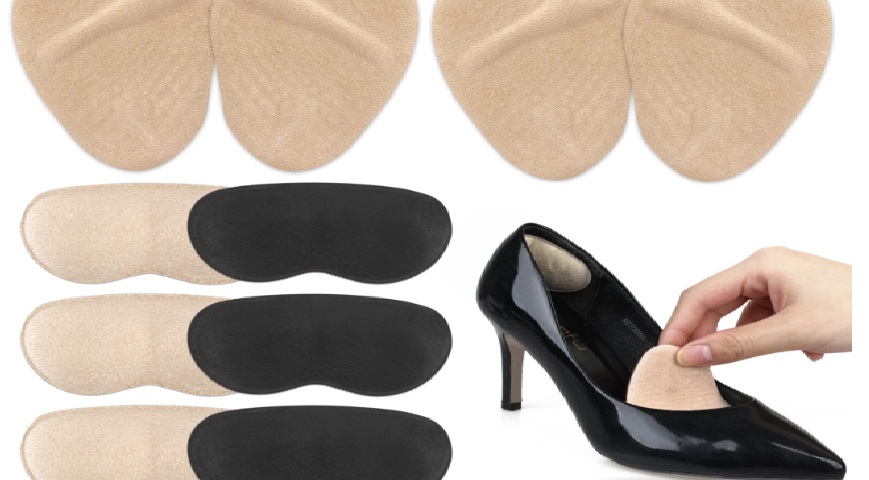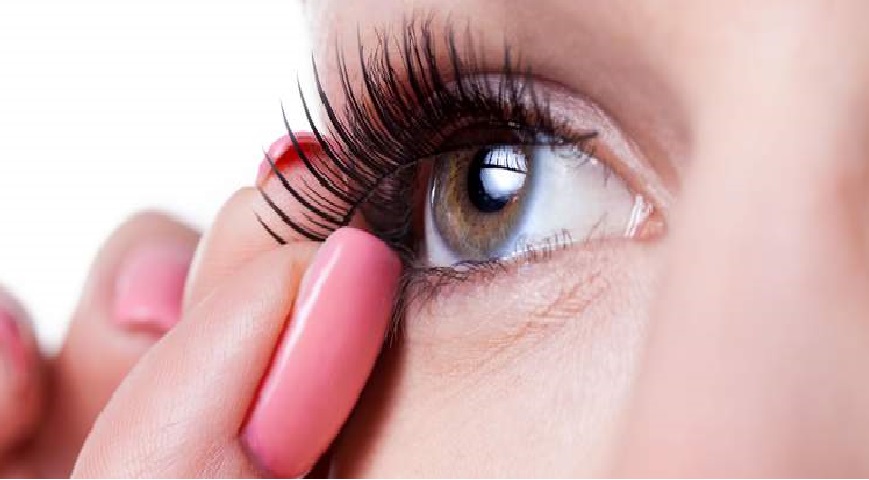High heels are a staple in many women's wardrobes, but they can also cause discomfort and pain. Wearing high heels for extended periods can put a lot of stress on your feet, ankles, knees, and back. However, there are several ways to prevent or minimize high heels pain. Here are some tips for a comfortable and pain-free high heels experience.
Choose the right shoe size and style: One of the main causes of high heels pain is wearing shoes that do not fit properly. Make sure to try on shoes and walk around in them before purchasing to ensure they fit well and don't cause discomfort. Additionally, choose shoes with a wide toe box, which will allow your toes to spread out and reduce pressure. A padded footbed and a sturdy heel counter will also help to provide support and comfort.
Start slow
If you are not used to wearing high heels, start by wearing them for short periods of time and gradually increase the amount of time you wear them. This will give your feet and lower legs time to adjust and prevent pain.
Wear the right socks
To prevent blisters, wear thin, breathable socks made of natural fibers like cotton or bamboo. Avoid thick socks or pantyhose that can cause friction and lead to blisters.
Did you read this?
Stretch your feet
Before wearing high heels, take a few minutes to stretch your feet and ankles. This can help to prevent cramping and reduce the risk of injury. Simple exercises like ankle circles, calf raises, and toe stretches can be done anywhere and are a great way to prepare your feet for a day in heels.
Invest in good quality shoes
High-quality shoes with a sturdy, supportive construction and a comfortable footbed will be worth the investment in the long run. Cheaper shoes may not provide the same level of support and comfort and are more likely to cause pain and discomfort.
Take breaks
If you are wearing high heels for an extended period of time, it's important to take breaks and give your feet a rest. Remove your shoes, stretch your feet, and walk around in flat shoes or sneakers.
Use inserts
Over-the-counter arch supports or custom orthotics can help to distribute pressure evenly across your foot and prevent pain. Look for inserts that provide cushioning and support to the arch, heel, and ball of the foot.

Maintain good posture
Wearing high heels can alter your posture, putting strain on your back and knees. Stand up straight and engage your core muscles to maintain proper posture and reduce the risk of pain and injury.
Don't wear high heels every day
Alternating between high heels and flat shoes can help to prevent overuse injuries and reduce the risk of chronic pain. Give your feet a break from heels and opt for comfortable, supportive sneakers or flats when you're not wearing heels.
Consider other footwear options
If high heels are causing pain and discomfort, consider alternative footwear options like wedge heels, kitten heels, or shoes with a thicker, more supportive sole.
Wearing high heels does not have to be painful. By following these tips, you can prevent high heels pain and enjoy the comfort and style of high heels without any discomfort. If you experience persistent pain or discomfort, it's important to see a podiatrist or other healthcare professional to address the issue and prevent further injury. Remember to listen to your body and prioritize comfort and support over fashion, and you'll be able to enjoy wearing high heels for years to come.












